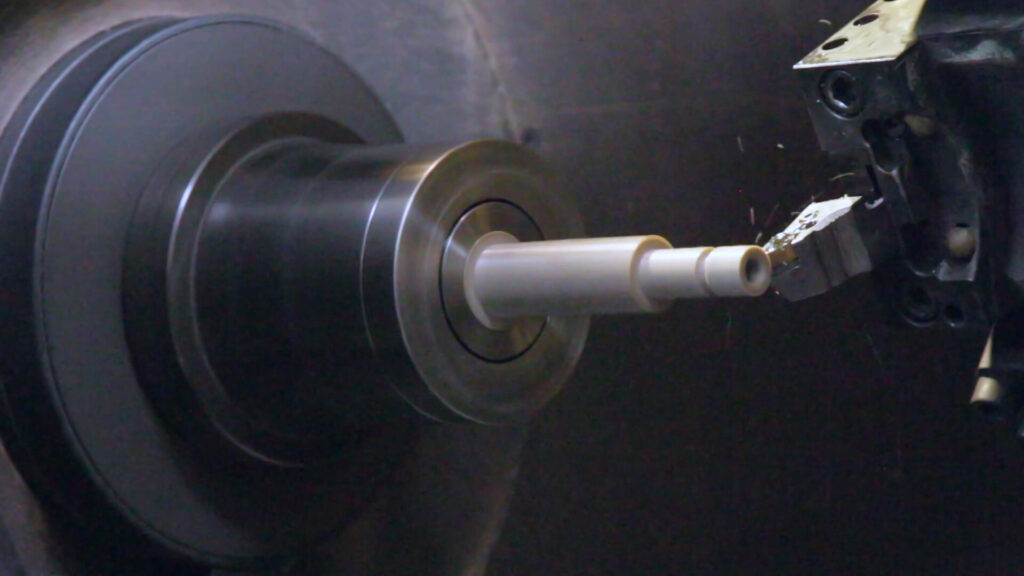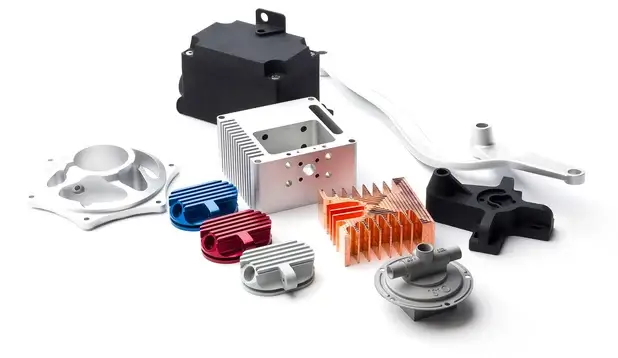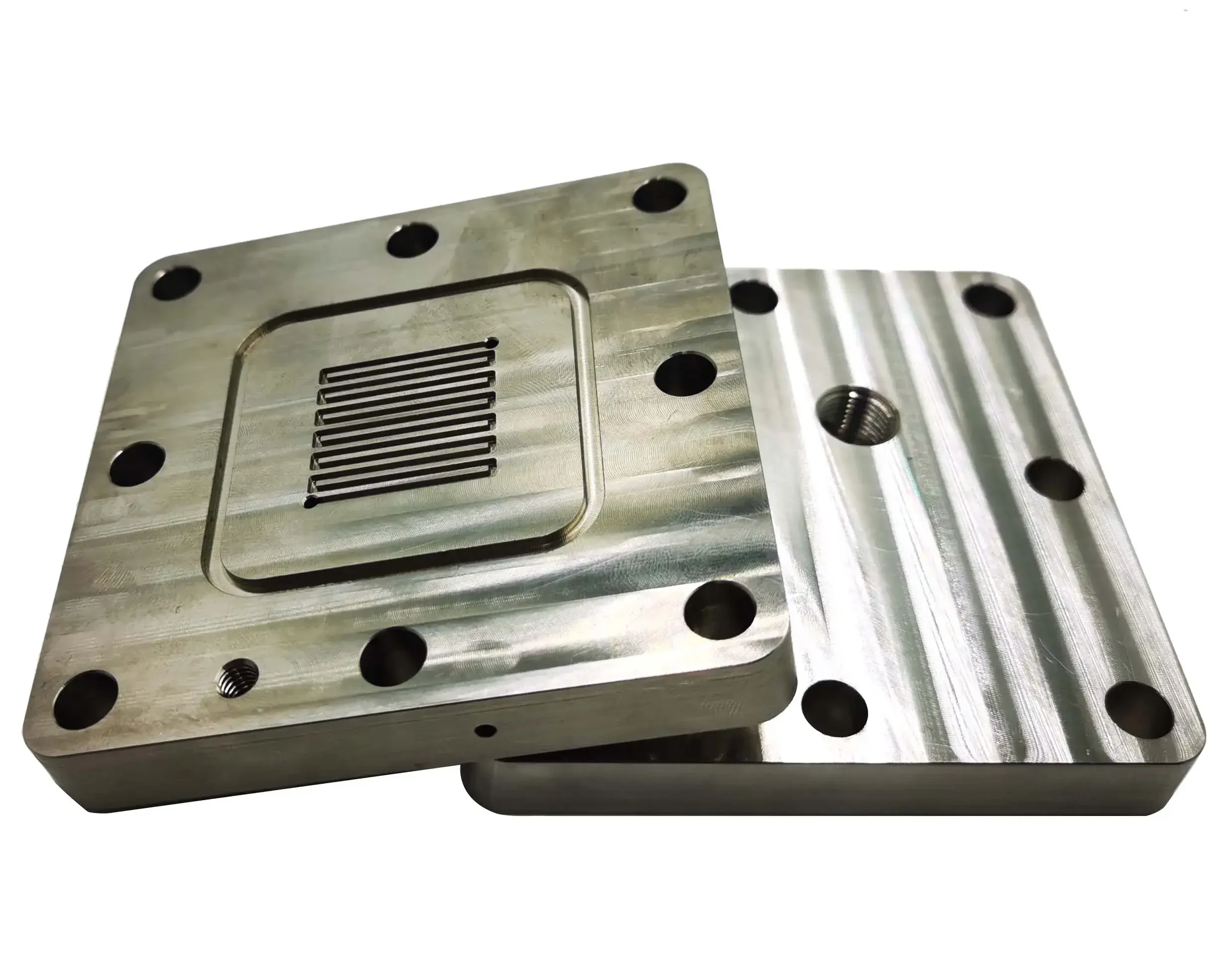The Basics of CNC Machining: A Comprehensive Guide
Computer numerical control (CNC) machining has proven to be an ideal method for mass producing metal and plastic parts. Although other manufacturing methods such as 3D printing have become increasingly popular in recent years, CNC machining remains one of the most popular choices for a variety of manufacturing needs. The aerospace industry relies heavily on CNC machining to produce complex and mission-critical parts and components.
By leveraging computer-controlled precision and automation, CNC machining can create complex and precise designs. In the past, manual machining processes relied on highly trained and skilled human operators to control the machines.
While some machine shops still use skilled machinists to create prototypes, small batch orders, or parts where repetitiveness or tolerances are not critical, CNC machining has virtually eliminated the risk of human error from many manufacturing operations.
Advanced programming can regulate precise cutting patterns to ensure consistency from part to part and reliable adherence to tight tolerances.

1.What is CNC machining?
CNC machining is a modern manufacturing process that receives specific programming instructions and uses that information to guide the tool to cut into the workpiece.
CNC machining is not limited to just one type of tool or machinery. The spindle can accommodate a variety of tools, and CNC machines can often use multiple tools at the same time from different angles.
The term “numerical control” simply refers to the automatic control of the machining process. The most common computer language for CNC machines is called G-code, but another language called M-code is sometimes used.
2.How does CNC machining work?
To use a CNC machine, a skilled professional must program the computer. Once the machine is turned on, it reads the program and executes each instruction, using a variety of tools and manufacturing processes at the same time.
A CNC machine will run according to its program, provided that all tools perform their functions perfectly. There are still minor mechanical errors, especially when the CNC process involves simultaneous cutting or other complex instructions. But overall, a well-maintained CNC machine will reliably run according to its programming.
3.Machining pads
In the past, CNC machines read instructions from punch cards, but today’s CNC machines require advanced computer programming. The operator enters the instructions into the computer and saves the file to the machine’s records, where the machine can then easily find and call up the instructions again and again.
While many technicians are familiar with G-code and M-code languages, machine shops most often use computer-aided manufacturing (CAM) software, which converts computer-aided design (CAD) drawings into usable instructions for CNC machinery. This type of software makes the operator’s job much easier.

4.What are the common types of CNC machines?
There are many types of CNC machines, which allow machine shops and manufacturers to automate a wide range of machining processes. Some of the most common types of CNC machines include:
1) CNC Milling Machines
CNC milling machines can cut a variety of materials in multiple dimensions. Most milling machines include X, Y, and Z axes, which allow for excellent detail and complexity. Cutting-edge machines may include additional axes for increased precision and detail.
2) CNC Turning Centers/CNC Lathes
These specialized manufacturing tools are ideal for making parts that are symmetrical around a central axis, such as pipes and shafts. CNC technology has enabled lathes to achieve greater precision and can be used to make more complex parts.
3) Plasma Cutters
Plasma cutters use electricity and compressed air to form a plasma torch that cuts through materials seamlessly. Plasma cutting requires conductive material, so it is primarily used to cut conductive metals such as steel, copper, brass, or aluminum.
4) Waterjet Cutters
Waterjet cutters produce a powerful stream of water that cuts through hard materials. Adding abrasives to the water stream allows for cutting of harder materials such as granite and titanium.
5.What are some popular machining techniques?
With so many CNC machining processes to choose from, it can be difficult to determine which ones are right for a particular project. While there is some overlap, most machining methods are suitable for a particular project or design need. Here are some of the most popular and versatile CNC machining techniques:
1) Roughing and Semi-finishing
These processes machine out the majority of the final product while leaving some excess material on the outside for fine-tuning by more sophisticated machines. Semi-finishing demonstrates the geometry of the final part but only removes material within about 0.05 inches of the target size.
Also known as roughing or roughing, this process typically uses a CNC machine to produce a large number of roughed parts ready for final machining.
2) Turning
Turning is one of the oldest manufacturing processes, but modern CNC lathes use advanced tools and precision controls to create high-precision cylindrical parts with numerous features. As the workpiece rotates at high speeds, the cutting tool moves along the length of the workpiece to remove material. More advanced turning centers can perform additional processing, such as drilling.
3) Milling
Milling holds the workpiece steady while a spindle with a variety of cutting tools rotates around the workpiece, making precise cuts based on programmed instructions. Although the workpiece is primarily horizontal, the cutting tools work in the X, Y, and Z directions. In recent years, four-axis and five-axis CNC milling machines have become increasingly common, providing greater accuracy, speed, and complexity.
4) Solid Countersink EDM
Unlike all other processes that involve direct contact between the tool and the target surface, solid countersink EDM (EDM) uses an electrode to release a powerful discharge that forces material to peel away from the metal surface. During the manufacturing process, the material must be immersed in a dielectric fluid, and the electrode needs to be replaced frequently.

6.In summary
CNC machining is a complex manufacturing process that has revolutionized the industry. Its ability to produce complex, precise parts with high-quality precision makes it indispensable in various fields. Understanding the basics of CNC machining, from computer control to the different operations and materials involved, is crucial for anyone wanting to delve deeper into this fascinating field. As technology continues to advance, CNC machining will play an even more important role in shaping the future of manufacturing.
